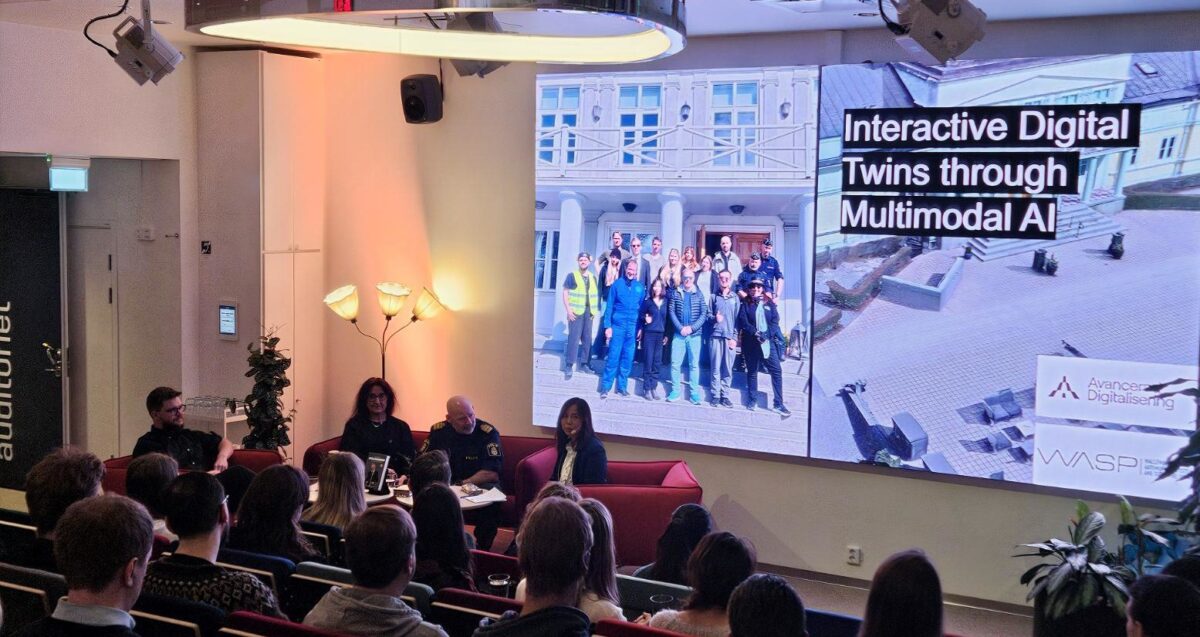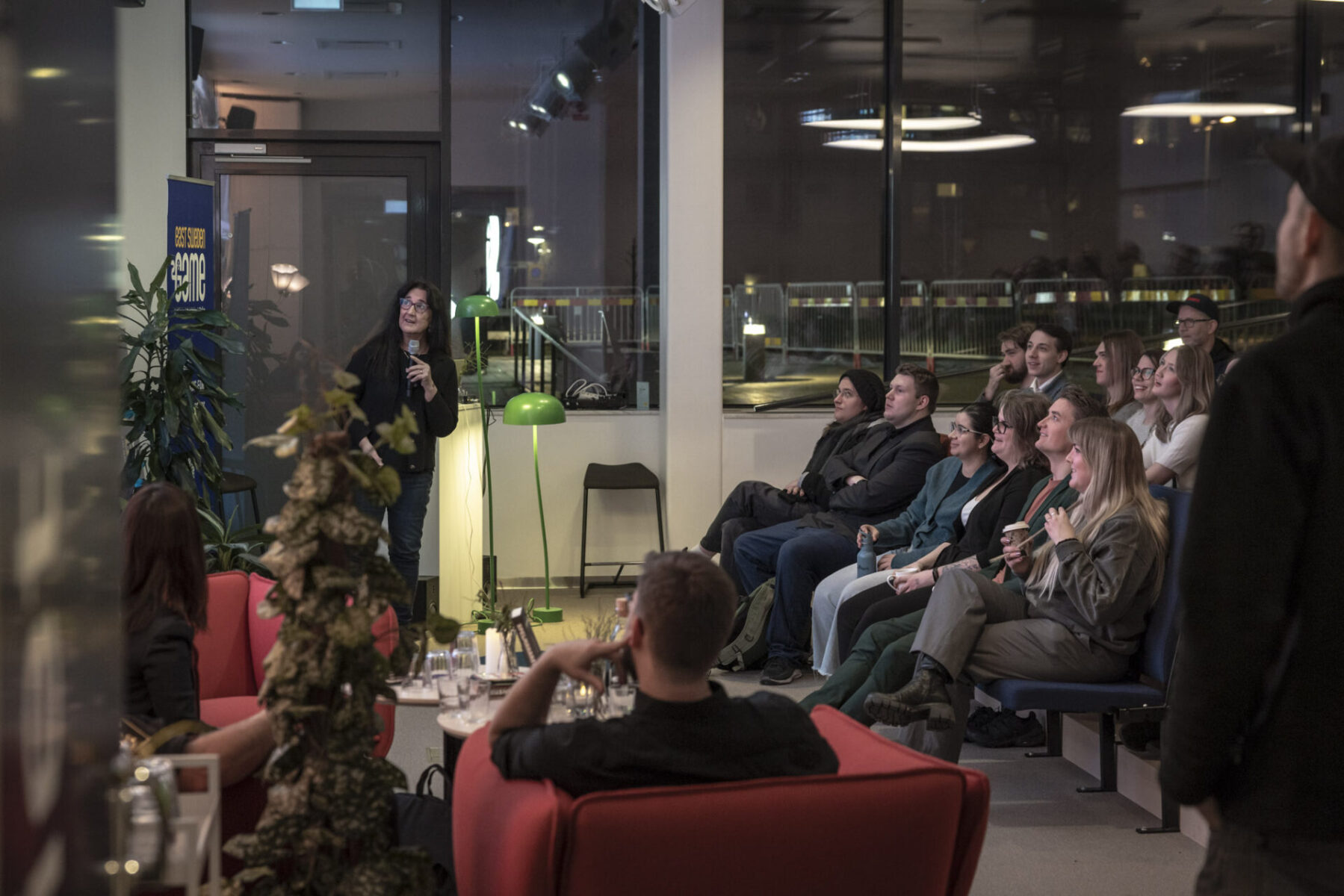From play to practice: How game technology is supporting public safety
At this year’s East Sweden Game Summit, the Games for Change session showed how tools developed in the gaming world are finding practical use in public safety, forensics and investigative work. With around 300 visitors attending the indie game convention overall, the Games for Change session became a natural focal point during the afternoon program.
The panel session gathered specialists from the National Forensic Centre (NFC), the Swedish Police, AI Sweden and Lutra Interactive. Together, they presented how digital environments, 3D modelling and game engine technology can support work that deals with complex information and difficult real-world environments.
Forensics in 3D
Lena Klasén from NFC explained how detailed 3D visualisation and spatial modelling help recreate crime scenes digitally. These models make it possible to examine environments from multiple viewpoints and return to them long after the physical site is no longer accessible. The aim is greater clarity, better documentation and more consistent analysis.
Managing complex cases
Representing the Swedish Police, Mikael Lilja described a challenge that investigators regularly face. Large volumes of information, long timelines and extensive documentation can be hard to navigate. AI-assisted tools can help structure and summarise this material, making it easier to compare information, trace connections and keep an overview throughout the investigation. The technology supports human judgment rather than replacing it.
Linking expertise and technology
Serving as host for the session, Masae Ebersson from AI Sweden explained how AI often becomes a key component once crime scenes or environments are digitised. AI Sweden has become a connecting hub, bringing public organisations together with developers and researchers so that new digital methods can be tested and evaluated in a controlled way.
Game engines as practical tools
Nils Folker, COO, 3D designer and project manager at Lutra Interactive, demonstrated how digital environments can be built using tools such as Blender together with point cloud data captured through drones or laser scanning. These sources form the basis for detailed visual and interactive tools that support simulations, 3D mapping and the creation of digital scenarios.
Together with NFC, the Police and AI Sweden, Nils and the team have also staged artificial crime scenes to test how digital tools can support understanding when real locations cannot be revisited.
According to Nils, the strength of game technology is its flexibility. The creative mindset behind game development can be adapted to solve problems even in highly precise and technically demanding contexts.

Games for Change panel. Photo: J. Henschel
A collaborative chain
The speakers highlighted a clear pattern. The Police identify investigative challenges. NFC contributes forensic expertise. Developers create digital environments. AI Sweden enables integration and testing. The result is a shared process that allows public safety actors to explore new methods at lower cost and with greater repeatability. The focus is not on entertainment. It is on clarity, accuracy and decision support.
A growing ecosystem
For East Sweden Game, the session marked an important step in the region’s development.
“The event was a great success and attracted game developers and curious visitors from both the region and the rest of the country. The local games industry continues to grow, and we will definitely make this an annual event,” says Tomas Ahlström, responsible for East Sweden Game.
The summit showed that game technology is no longer only about fictional worlds. It is becoming a practical tool that supports real work in critical sectors while still drawing strength from the creativity that has long defined the gaming community. What began as experimentation driven by curiosity and play now connects developers, investigators, analysts and other specialists around shared digital methods. As these environments move closer to mirroring the real world with precision, they are becoming valuable for anyone who needs to revisit scenes and places at a specific point in time, analyse conditions from varying angles and work through problems that physical space no longer makes accessible.
















